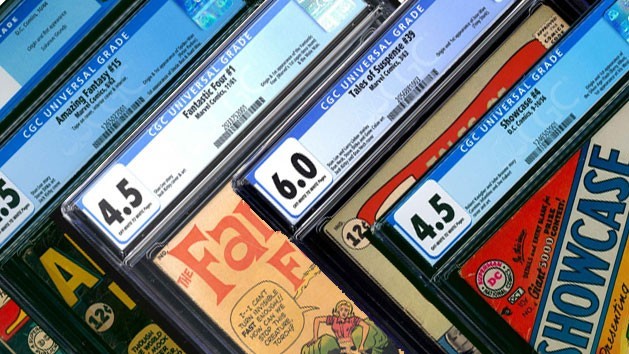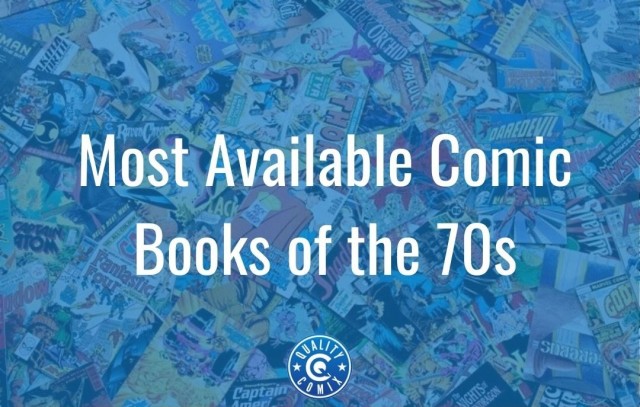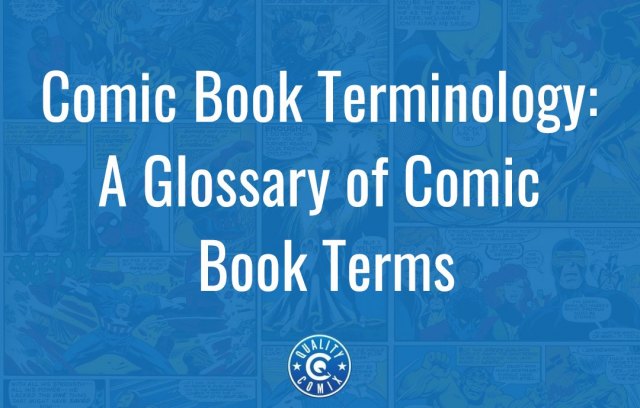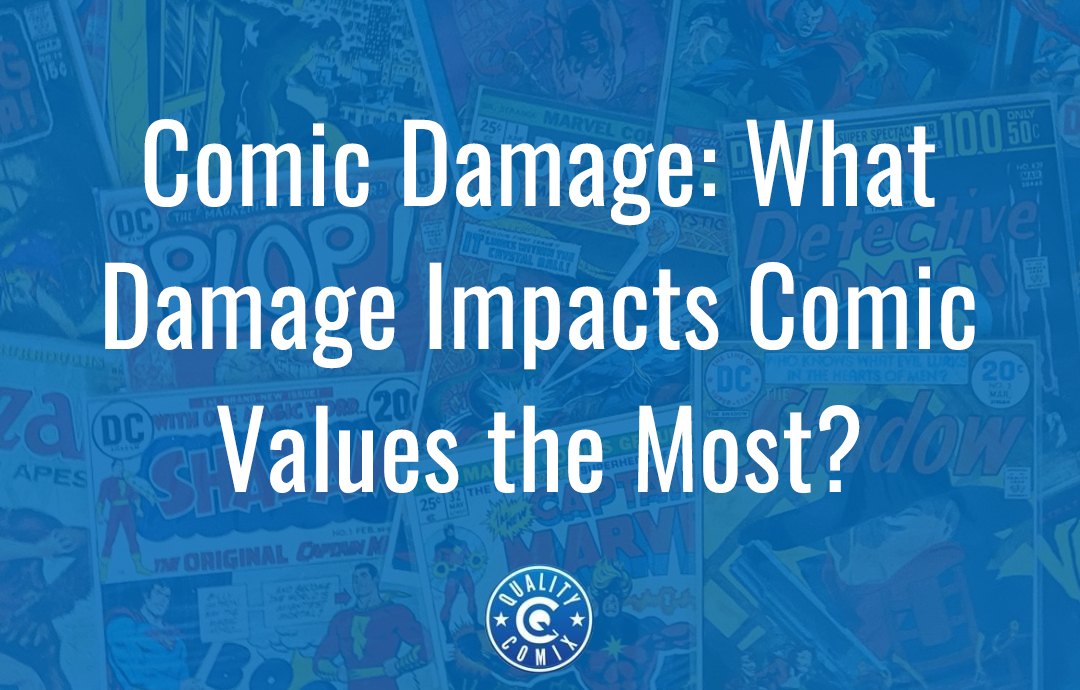
We all know that the condition of a comic is a huge determining factor in its value of a comic.
A high-grade version of a comic can fetch six figures at auction (or more), but a low-graded, damaged copy might sell for a maximum of a few hundred or a few thousand.
When it comes to collecting comic books, the comic's condition can be an essential factor in determining the book's value. Damage to a comic book can significantly reduce its worth, and depending on what kind of damage is present, the impact can vary considerably. In this blog post, we will look at the different types of damage that can impact the value of a comic book and how collectors can assess the worth of their damaged comics.
Let's go through different types of damage and see what might be better or worse than others.
Table of Contents
Paper and Color Damage
First, let's start with damage to the pages, specifically to the paper on which the comic is printed.
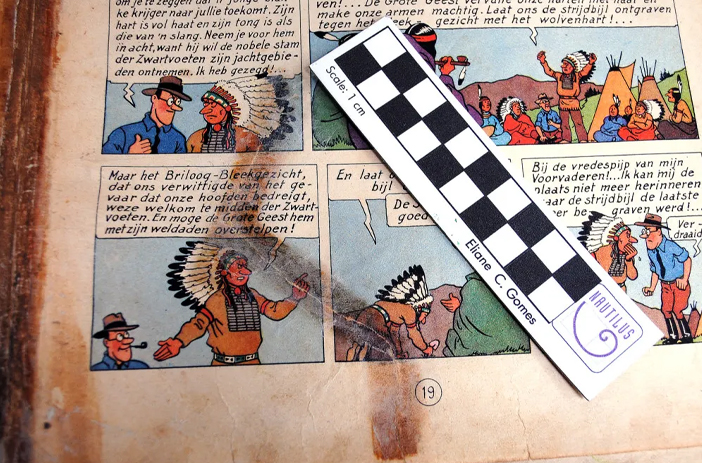
Different kinds of damage can mean different amounts of lost value here, partially because some can be repaired and partly because some are impossible to stop.
- First up, you have browning. The paper comics are printed on will turn brown with age. Comic pages start at white or near-white and turn brown over time; that characteristic yellow-brown color of golden age comics is aging, not the intended original color. You can see a scale of colors on the OWL Card, the Overstreet Whiteness Level grading scale. Check it out.
- In general, comics will have a slightly lower value the darker brown they are, but that's a relatively minor loss in value; that's because it's an unavoidable side-effect of age. Unless the comic was stored in a hermetically sealed container away from light and the elements from the moment the company printed it, there's no way to prevent the browning of the pages.
- Tertiary to this is brittleness. When a comic is very old and has been stored in specific ways, the paper it is made of turns brittle; this can very quickly degrade into flakes and then dust, with bits of the paper crumbling away over time. No matter the comic's color or condition, brittle pages are assigned a low value immediately because of how fragile they are.
- Another form of discoloration is foxing. Foxing is a pattern that shows up in splotches and small splatters across the pages of a comic. It can appear on the cover, pages, or both in minor or significant amounts. Foxing is caused by mold, meaning something (whether finger oils, a spatter of juice or any number of contaminants) landed on the pages and was left to the elements. It's not enough to stick pages together or make them totally damaged, but it does degrade the value of a comic to a small degree, depending on how extensive the foxing is.
- Another common kind of color damage is fading or sun shadows. The sun – specifically, UV radiation from the sunlight – can destroy the color molecules in ink at a molecular level, causing the ink to fade over time. If a comic was left in a sunny place with partial exposure, part of the comic might be accurate, and the sun may fade part. This damage is called a sun shadow, and it will decrease the value of the comic because it's not repairable.
- Finally, you have something called surface loss. Surface loss is when some portion of the surface of the paper has been removed or lost over time. Think about a scratch or abrasion; the surface layer is lost, which can remove ink from the portion of the page that something scraped. A similar effect is if the tape is applied and removed, carrying ink with it and leaving bare patches. This damage can be a minor or significant loss in value, depending on how much the comic is damaged with surface loss.
Next, let's discuss lost or missing parts of the comic book.
Lost or Missing Elements
Another thing that affects the value of a comic is when pieces of the comic are missing.
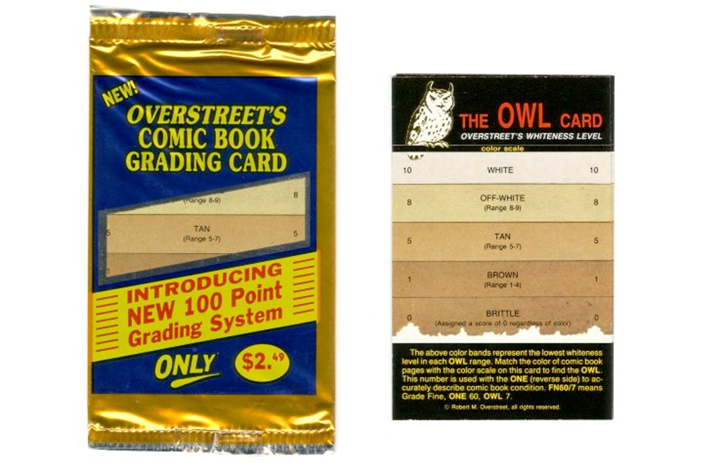
The lost value here depends heavily on what was missing and how ordinary those items are.
- For example, missing glasses means that a comic originally printed with cellophane "3d glasses" no longer has those glasses attached to the comic. Since it's very uncommon for comics to have those glasses attached, chances are that there will not be a significant loss in value; instead, having the glasses is an increasing rarity modifier and increases value over baseline.
- More common losses include the loss of the centerfold, coupon, or poster. Many comics came with add-ins like these, especially in the bronze age and the 90s. Any comic that comes with a poster, where that poster is missing, is going to be less valuable than one that still has the poster attached.
- Things like coupons for toys, future comics, and other advertisements were common in older comics, and it wasn't unusual to see that those coupons were clipped and used. A comic missing that coupon is generally going to be worth less than one that has it, particularly if the majority of comics around and available still have it.
- Missing Covers are a common issue in comics. Sometimes, the cover wore out around the staples and fell off, only to be lost.
Other times, covers were actually removed as part of the newsstand refund process, a practice that lasted longer than it should have.
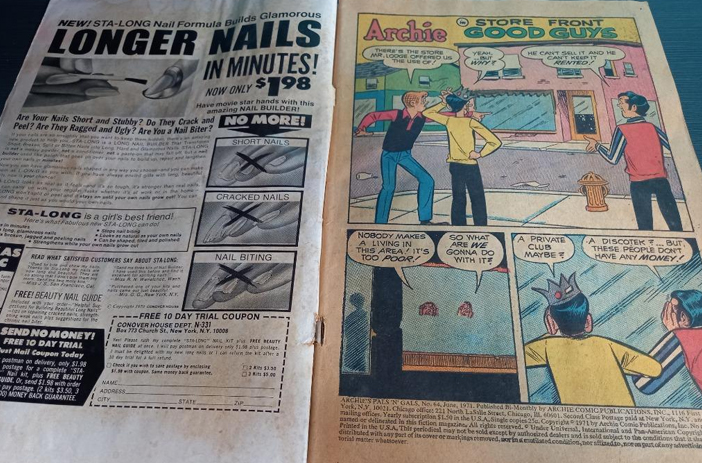
Since covers are a huge and essential part of comics, a comic missing its cover is considered heavily damaged and will lose a good chunk of value.
Bends, Creases, and Divots
All three types of damage can be costly when it comes to comic book values. Even minor bends and creases will diminish the value of a comic book. Any divots, no matter how small, are also usually enough to significantly lower a comic's worth. As with any type of damage, the extent of a bend, crease, or divot will ultimately determine the amount of value lost from a comic book.
Comics are often damaged over time simply by storage, handling, or issues with weight and dirt.
This phenomenon often leads to creasing, bending, and other minor surface damage; this can be major or minor.
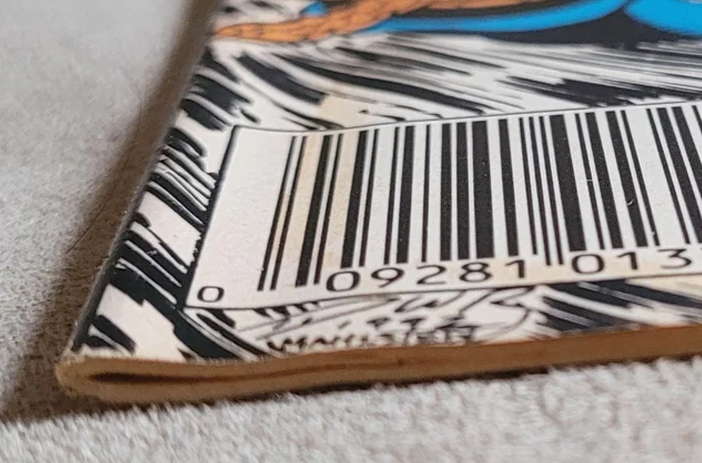
In some cases, the damage may look extensive, but it is repairable, so there's not necessarily a significant loss of value. On the other hand, sometimes a crease is terrible enough that repairs won't make it much better, so it's a hit to the value of the comic.
This situation is where the practice of cleaning and pressing comes into play. Specifically, pressing. Pressing a comic is the act of going through it to remove any contaminants like bits of dirt, then separating pages from each other and inserts and covers, steaming them up to soften the fibers of the pages, and applying balanced weight to flatten out and remove indentations, divots, bends, and minor creases.
Cleaning and pressing will leave a comic in a much better condition when done correctly. More importantly, it's generally indistinguishable from a higher-condition comic that wasn't pressed; this is the primary difference between pressing and restoration, which we'll cover later.
Wear and Tear
Comics are printed to be read, and reading them (and improper storage) can lead to certain kinds of damage.
Spine Rolls are when the comic is stored improperly around the spine. Some pages are pushed forwards while their opposites are pushed backward, leading to an uneven spread across the binding of the comic; this is usually caused by improper storage, and while you can slightly repair it with pressing, it's not entirely removable.
Stress lines result from handling, often from people who hold the comic incorrectly and put pressure on a portion of the spine that isn't entirely on the fold of the comic; this can be minor or even unnoticeable, or it can be significant and color-breaking. The worse the damage, the less the value of the comic.
Similarly, a bindery tear is a small rip around the binding of the comic caused by handling.
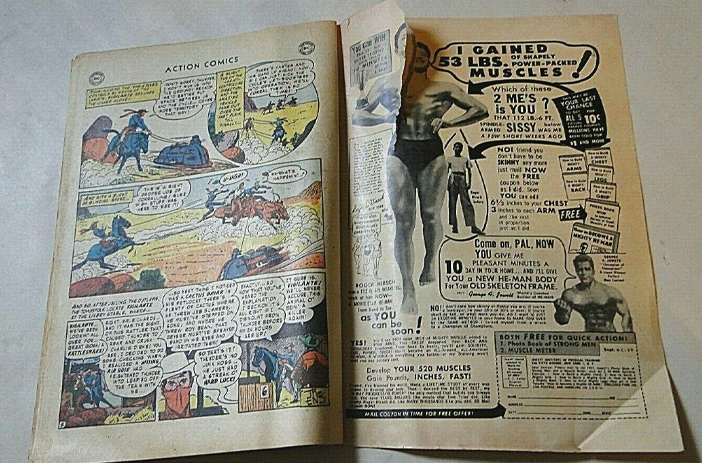
Speaking of binding, another common form of damage is damage to the staples holding the comic together.
If the staples are broken or missing, the comic will be worth less than if it had them intact. Also, staples can rust, which is a one-two punch of damage to the staple and damage to the paper where the rust stains it.
Direct Damage
Other forms of damage happen directly to a comic.
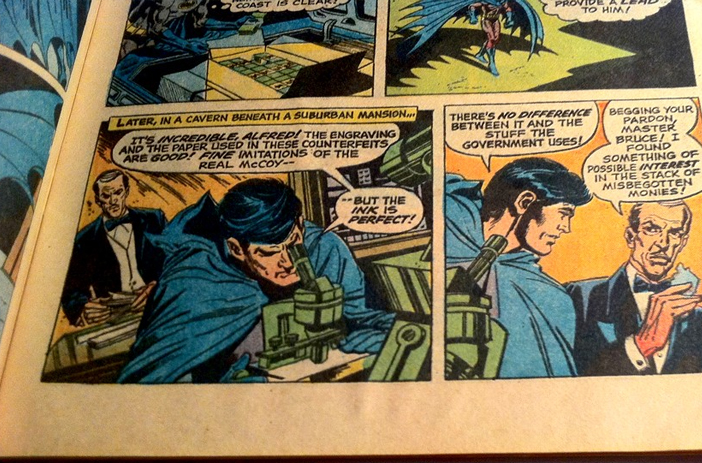
These will almost always dramatically decrease a comic's value because they are permanent, prominent, and impossible to repair.
- Tape residue is a big one. Tape, even if removed safely, can leave sticky bits of adhesive behind, which will then accumulate dust, alter the color of the affected portion of the page, and even make pages stick together and tear.
- Writing, of course, can damage a comic. Whether it's a child signing their name on the comic, drawing a mustache on their favorite villain, adding their captions, or even just stray marks from being stored in the same box with a stray piece of pencil lead, any markings can be a significant loss to the comic; this is made even worse when it's pen or marker, something that you can't even feasibly remove.
- Water damage is a big one, of course. A big of humidity won't ruin comics – to the contrary, it's used in pressing to help flatten them – but actual water exposure can destroy them. Pages warp and wrinkle, grow stiff and brittle, and may even cause the ink to run or other damage to occur. Moisture damage is often paired with foxing and different kinds of blemishes and discoloration because that's what water does.
- Store stamps were typical for a while, as stores stamped over the UPC or some portion of the comic with their advertising or as part of the refund process.
- Unfortunately, unless the store stamp is particularly noteworthy in some way, this is just another form of damage.
Factory Defects
The printing process for comics could be better and has never been perfect. Sometimes, an issue slips through, called a factory defect, misprint, or production issue. While these will hurt the grade of a comic, they may not affect the value, depending on whether or not collectors are looking for defects.
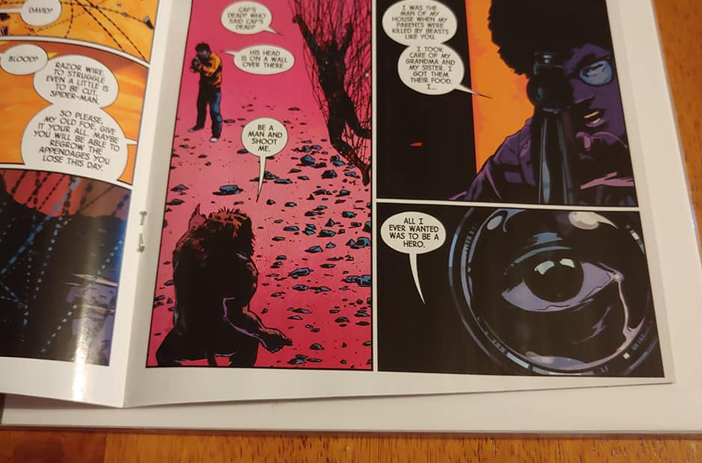
Defects can include:
- Poorly trimmed or miscut pages; this needs to have some excess paper to be considered a defect rather than the damage that could have happened after the fact.
- Double covers happen when two covers are stapled to a comic rather than just one.
- Ink skips are streaks of paper where the ink didn't properly apply to the printer, and thus leave a blank space on the page.
- Miswrapped comics are comics where the pages are stapled off-center, resulting in a misaligned comic.
- In extreme cases, a comic may have pages out of order. As a rarity, these can even be desirable but can also be considered damage.
There are also various types of creases from mailing that are more like normal damage and decrease the value of a comic.
Slab Damage
When you get a comic graded by an agency like CGC, they encase it in a thick plastic shell known as a slab. This encapsulation protects the comic, but what happens if the case is damaged?
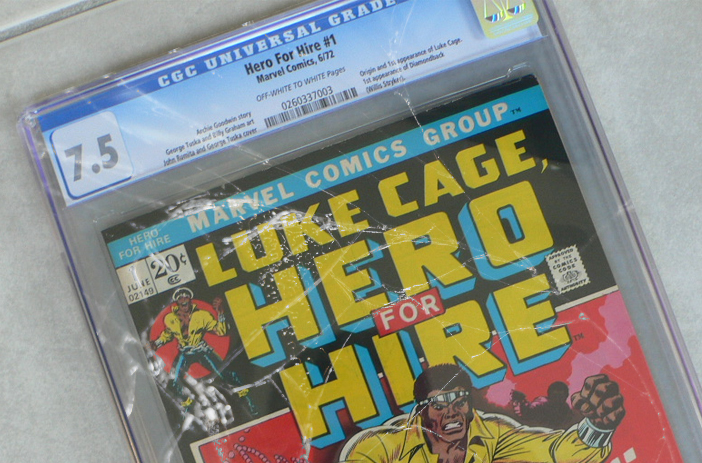
Some people believe that damage to the slab doesn't affect the value. Others say they won't buy a comic that damages the slab because who knows what other damage has happened. Generally, if the slab is damaged but doesn't expose the comic or otherwise further damage the comic, seal, or grade, it's a minor hit to the value of the comic; this is because you can always send the comic back to CGC to have it re-slabbed for a small fee.
What Are Your Comics Worth?
If you have comics that you need clarification on the value of, it can be a good idea to get them appraised.
You don't need to go all the way to CGC for a grading - that's not always the best idea for every comic. But you can get an idea of what your comics are worth by talking to an authority.
At Quality Comix, we're always happy to discuss comics and collections, including offering our best opinions on grades and appraisals. You can drop us a line with a description and some photos, and we'll be more than happy to chat. No fees, no obligations, just comic fans helping one another out. Let us know how we can help!

